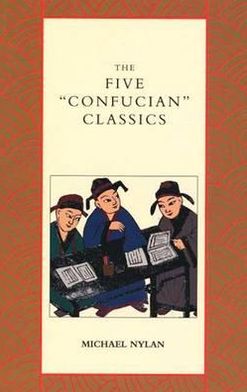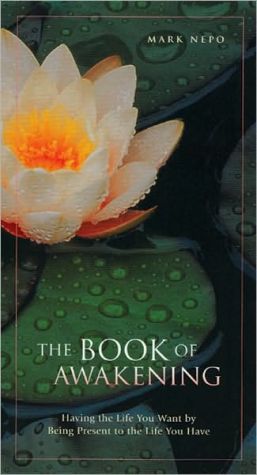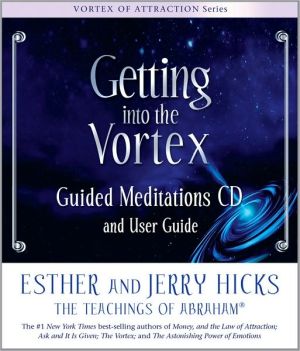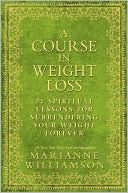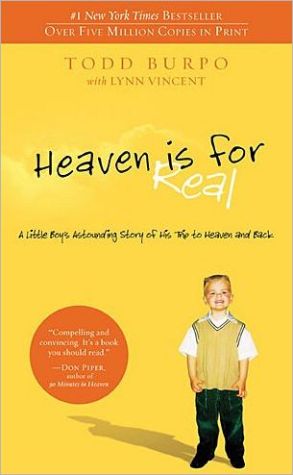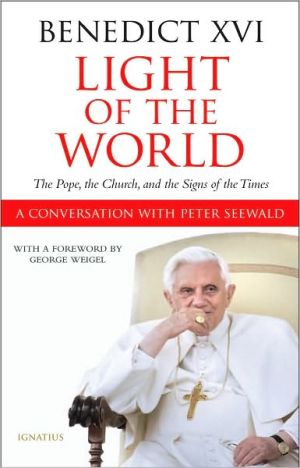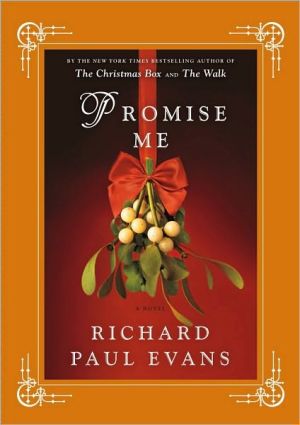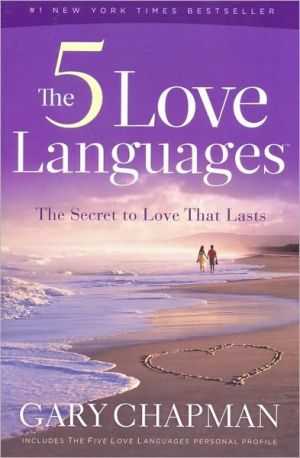The Five "Confucian" Classics
The Five Classics associated with Confucius formed the core curriculum in the education of Chinese literati throughout most of the imperial period. In this book Michael Nylan offers a sweeping assessment of these ancient texts and shows how their influence spread across East Asia. Nylan begins by tracing the formation of the Five Classics canon in the pre-Han and Han periods, 206 B.C.–A.D. 220, revising standard views on the topic. She assesses the impact on this canon of the invention of a...
Search in google:
The Five Classics associated with Confucius formed the core curriculum in the education of Chinese literati throughout most of the imperial period. In this book Michael Nylan offers a sweeping assessment of these ancient texts and shows how their influence spread across East Asia. Nylan begins by tracing the formation of the Five Classics canon in the pre-Han and Han periods, 206 B.C. A.D. 220, revising standard views on the topic. She assesses the impact on this canon of the invention of a rival corpus, the Four Books, in the twelfth century. She then analyzes each of the Five Classics, discussing when they were written, how they were transmitted and edited in later periods, and what political, historical, and ethical themes were associated with them through the ages. Finally she deliberates on the intertwined fates of Confucius and the Five Classics over the course of the twentieth century and shows how the contents of the Five Classics are relevant to much newer concerns.Author Biography: Michael Nylan is Caroline H. Robbins Chair of History at Bryn Mawr College. David R. Knechtges A critical yet informed revisionist view of the Five Classics that will receive wide attention and acclaim.
THE FIVE "CONFUCIAN" CLASSICS\ \ By Michael Nylan \ Yale University Press\ Copyright © 2001 Yale University\ All right reserved.\ ISBN: 0-300-08185-5 \ \ \ \ Chapter One\ INTRODUCTION TO THE FIVE CLASSICS \ FOR MOST OF THE TIME FROM 136 BC TO 1905, the study of the Five Classics of the "Confucian" canon-the Odes, the Documents, the Rites, the Changes, and the Spring and Autumn Annals-formed at least part of the curriculum tested by the government examinations required of nearly all candidates for the Chinese imperial bureaucracy. Thus the more cultured members of society in premodern China, even those who had failed the examinations or had passed but never held office, enjoyed a familiarity with the Classics that afforded them a common store of knowledge. As successive governments throughout East Asia came under the cultural sway of the Chinese system, the Classics came to influence thought and politics in Korea, Japan, and Vietnam, so that the collection as a whole once occupied in East Asia a position roughly analogous to that of the Bible in the West, its compelling arguments couched in elegant formulations, "subtle phrasing with profound implications" (weiyan dayi [TEXT NOT REPRODUCIBLE IN ASCII.]). These texts associated with the Supreme Sage, Confucius, were thought to set the pattern of what it was to become a fully developed human being, and also the principles that allowed for the complex and interrelated processes of political, social, and cultural reproduction. Thus, generation after generation tied the maintenance of the state and of personal identity to the propagation of this textual tradition. In assuming the world to be both moral and intelligible, the views articulated there to a degree challenge the dominant modern and postmodern conceptions. But insofar as the real science of men has less to do with analyzing the world than with promoting justice, the Five Classics are well worth revisiting. To ignore, disdain, or misinterpret those same Classics is to squander their riches.\ The modern rubric "Five Confucian Classics," however, has tended to skew understanding of these texts, as it implies both a direct connection with the historical Confucius (551-479 BC) and a closer relationship among them than is warranted by their early histories. Most of the texts were evolving in oral as well as written forms for centuries before they acquired the designation "classic" or "Confucian"; hence vastly differing approaches to social, political, and cosmic issues are discernible among and even within the texts. Beginning in Han (206 BC-AD 220), state-sponsored classical learning-often dubbed "Confucian" when "orthodox" or "official" would be more appropriate-drew freely on the teachings of many non-Confucian thinkers, the better to cope with the complexities (many unforeseen by Confucius) of ruling an empire. This pattern of borrowing, usually unacknowledged, continued throughout imperial history. Meanwhile the teachings, texts, and activities attributed to Confucius and his chief disciples affected many aspects of Chinese life and thought, but they most certainly did not affect them all in the same way, to the same degree, or at the same time. In addition to "official learning" in China, there lay a host of conflicting interpretive lines and practices favored by various groups, not to mention the quite separate histories of orthodox learning in Korea, Japan, and Vietnam.\ To tell the story of the Five Confucian Classics in its entirety would in theory require a lengthy overview of four complex civilizations over the course of some two millennia, recording the shifting issues and fashions in classical scholarship that both reflected and altered the realities of life in imperial China, mapping the changing significance of each Classic as successive commentators and readers invested it with their own diverse interpretations and emphases. And even such a monumental tale would still patently be false. False because the stable entity that later scholars have called Confucianism has never really existed. "Confucianism" is an abstraction and a generalization-apparently useful but always obfuscating-a product of ongoing intellectual engagement as much as a subject of it (fig. 1).\ Significantly, the premodern Chinese, to whom this sort of learning mattered most, had no single term corresponding directly to the neat English term "Confucianism." It was, in fact, well-meaning interpreters of China, motivated by their search for an exact counterpart within the Orient to the monumental presence of Christianity in European history, who coined the terms "Confucian" and "Confucianism" to translate the Chinese Rujia [TEXT NOT REPRODUCIBLE IN ASCII.]. The original term Rujia (classicists) indicated not a precise moral orientation or body of doctrines, but a professional training with the general goal of state service. Not all Ru, in short, were devotees of the Confucian Way identified with the Ancients. Even today, the multiple confusions engendered by these seemingly innocuous neologisms continue to complicate discourses on morality, politics, and gender in China (see Key Terms). Modern proponents of a Confucian Revival-following the lead of some of the most famous advocates of Confucian values (for example, Mencius and Han Yu), who deliberately sought to prove the ultimate validity of Confucius's Way by tying it to the preservation of a distinctive Chinese identity-have muddied the terminology further by speaking of a Confucian classicism that constitutes a worldview, a social ethic, a political ideology, a scholarly tradition, and a way of life in a China bound by tradition to its neighbors. As early Confucian learning was inextricably intertwined first with pre-Confucian ideas about the central importance of family obligation and ancestor worship (which it reflected and through which it was interpreted) and later with other non-Confucian theories, it is no more possible to cleanly distinguish a Confucian history from the rest of history and civilization in China or East Asia than to neatly disentangle the history of Christianity from the European enterprises sponsored by state and church.\ This book therefore aims to introduce a few of the major issues in the early history of the Five Classics, in the hope that readers will be inspired to consult more specialized studies on the subject. The introduction sketches the main events leading to the adoption of the Five Classics as state-sponsored learning in 136 BC under the Western Han dynasty (206 BC-AD 8) and the refinement during Eastern Han (AD 25-220) of the basic patterns of use of the Five Classics. The book's concern with Han and pre-Han studies responds, I hope, to academic concerns as well as to personal predilections. Early classicism has received surprisingly little intellectual attention, and Han studies-the Chinese counterpart to Roman history-continue to languish in relative obscurity. Recent works on Confucian learning continue to emphasize one particular branch of ethical thought, the Daoxue, or True Way Learning movement, which by a lengthy process begun in AD 1241 came to be enshrined as the Cheng-Zhu orthodoxy. This book intends to redress the current imbalance in the standard tale, thereby providing a more nuanced portrait of the Ru traditions. At the same time, a greater familiarity with the early history of the Five Classics might keep modern scholars of late imperial China from attributing to the thinkers who constitute the chief subjects of their study a host of "new ideas" that already had a well-established history in early classical thought. Finally, many aspects of early classical learning seem more apposite to the modern age than some later state-sponsored traditions attached to the Five Classics, which tend to be more authoritarian, more solipsistic, and consequently less congenial. In light of the recent clamor for a New Confucian Revival, one should remember that there are manifold classical traditions to draw upon in any attempts to reconfigure and enrich the present. Still, as the final chapter of this book demonstrates, this once-rich complex of classical traditions is in danger of being reduced to mere slogans, and that will make it more difficult for future generations to reconstruct the genuine insights of early classical masters.\ Because much of the earliest history of this standard collection of Five Classics remains a mystery, this introduction perforce begins at the middle of the story. Although later texts claim a remarkable antiquity for the canon, no extant work dating before the late third century BC discusses this group of texts as either canon or collection. It is not clear even now how many or how much of the texts had been written down by that date. Equally astonishing, no recorded tradition prior to 100 BC identifies Confucius as author, editor, or compiler of this collection. But just about that time, in mid-Western Han, there occurred a virtual explosion of interest in the Five Classics, prompted in part by imperial patronage, which eventually standardized the form the canonical texts would take and privileged a few readings associated with each, while tracing every teaching ultimately back to the figure of Confucius, either directly or through the construction of scholastic lineages. All efforts to establish a single authoritative interpretation for each of the Five Classics, let alone reach a consensus on the overarching meaning of the corpus, were doomed to failure, however. Not only did the Five Classics vary greatly in origin, style, and content, so that any endeavor to harmonize them only prompted controversy, but also every literate person in the empire was to some degree a student of the Classics, able if not determined to come to a personal understanding of the corpus. Concerted attempts to reach consensus nonetheless established the dominant patterns for official learning in imperial China, patterns that inextricably linked moral concerns with the art of governance.\ The introduction reviews what little information is known about the origins of the Five Classics and their coming together as a single corpus. Theories about their compilation prior to being elevated to the canon are presented in sections 2-6. Current debates over the canon in China and in America, recounted in the second half of section 3, call attention to the cultural and political significance of forming and keeping a canon. The introduction ends in sections 7-9 with observations on the dominant pattern of classical exegesis. Section 7 reviews the political motives underlying Emperor Wu's (r. 140-87 BC) decision to canonize these five texts as a set and to omit others, a case which nicely illustrates the point that the composing, designating, and interpreting of sacred texts are always highly political acts, as is the establishment of critical editions and state-sponsored readings. Section 8, which touches upon the compromises and contradictions that marked Han classical scholarship, is meant to remind readers of the kinds of problems that commonly arise when idealized prescriptions must be adapted to state needs. The final section of the introduction, devoted to post-Han exegetical developments, does not attempt a detailed narrative for three reasons. First, the history of the post-Han schools of interpretation presents a continual reworking of this Han linkage between hermeneutics and politics. Second, significant shifts in interpretation tended to hinge on turns of phrasing within the ongoing commentarial traditions, of a subtlety and allusiveness comprehensible only to advanced students of the culture and language. Given the lengthy exegetical disputes depending on highly technical discussions or semantic extensions of key words, no amount of explication could keep readers unfamiliar with the grammar and vocabulary of premodern literary language (wenyan [TEXT NOT REPRODUCIBLE IN ASCII.]) from the erroneous impression that classicists in China were obsessed with the arcane or precious. Third, to borrow a Chinese metaphor, the sheer abundance of the timbers used to construct the magnificent edifice of Confucian classicism makes the task of reassembly daunting, especially when that original building was designed in a style and with a purpose quite alien to modern academic activity. To suggest the wide range of Ru models available in the empire to ardent students of the past, the penultimate section of this introduction discusses three leading figures who were both celebrated and excoriated by fellow classicists. The final section offers only the briefest overview of the later history of the Five Classics, explicating their eventual displacement in the standard curriculum by the so-called Four Books collection, comprised of the Analects, the Mencius, the "Great Learning," and the "Doctrine of the Mean."\ Having offered, in the Introduction, a broad sense of established paradigms and problems, I devote each of the following five chapters to the history, meaning, and interpretation of one of the Five Classics. I have chosen here not to assess the corpus as literature, as historical narrative, or as a literary source for early views on ritual, cosmology, music, and divination, as these topics demand far more specialized treatments. Readers interested in such topics may consult the bibliographical essays in the Suggested Readings.\ 1. THE FIVE CLASSICS' RELATION TO CONFUCIUS\ As listed above, the Five "Confucian" Classics are the Odes, the Documents, the Rites (originally one text to which two others were eventually added), the Changes, and the Spring and Autumn Annals. (Tradition speaks of a Music classic, but if it ever existed it has been lost or incorporated into one of three Rites classics.) The classics can properly be called Confucian in only two senses: Confucius and his followers may have used some-but not all-of them as templates for moral instruction, much as the Greek pedagogues once used Homer. And early traditions ascribe to Confucius the tasks of compiling, editing, and in some few cases composing the separate parts in this repository of wisdom texts, although modern scholarship generally disputes those pious legends.\ Because the corpus of the Five Classics contains materials that vary widely in date, style, subject matter, and point of view, its interpretation was hardly less problematic to its early readers than it is to modern scholars. The Odes is a collection of songs reflecting everyday life in court and countryside during the Eastern Zhou period; the same collection includes a series of hymns, composed specifically for state rituals, which relate much of the mythological lore transmitted from the early Zhou dynasty. The Documents purports to be a collection of archaic archival materials that preserves important edicts and memorials outlining the responsibilities of the ruling elite toward Heaven and the common people.\ \ Continues...\ \ \ \ Excerpted from THE FIVE "CONFUCIAN" CLASSICS by Michael Nylan Copyright © 2001 by Yale University. Excerpted by permission.\ All rights reserved. No part of this excerpt may be reproduced or reprinted without permission in writing from the publisher.\ Excerpts are provided by Dial-A-Book Inc. solely for the personal use of visitors to this web site. \ \
\ David R. KnechtgesA critical yet informed revisionist view of the Five Classics that will receive wide attention and acclaim.\ \
